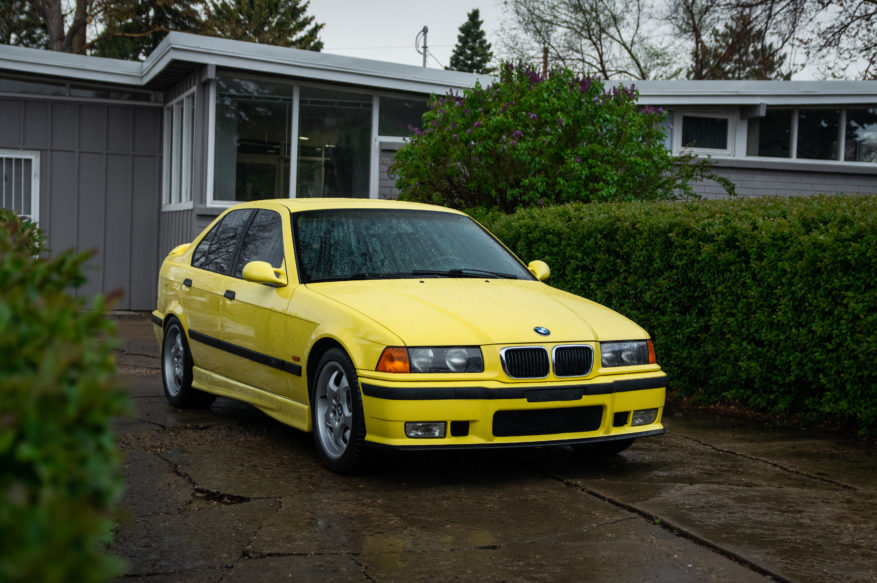Occasionally I’ll catch a rumor of an ultra-rare BMW, something with a unique color or options list that usually has a low production volume. I’ve learned to be patient when chasing these rumors, because the owners of such cars often require a strong relationship to prove me a worthy steward of their unicorns. It’s best not to rush such matters; I prefer a stand-off approach to let things unfold serendipitously. If fate comes to fruition, then perhaps I’ll get the car. If I do, it’s always an occasion.
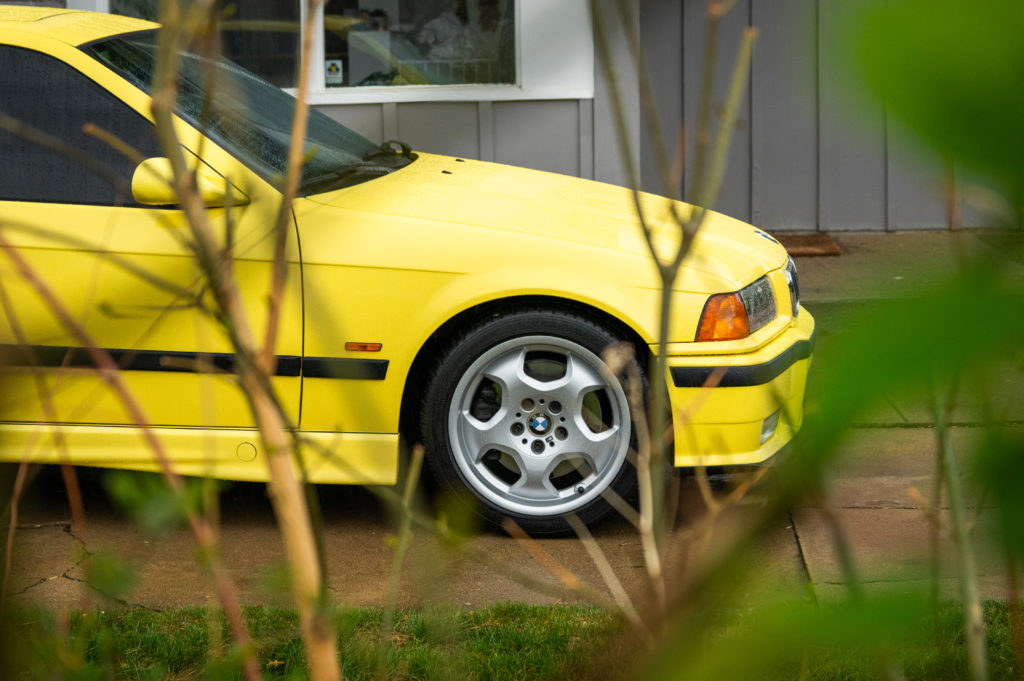
The E36 M3 was a pinnacle car of the late-Rad era.
The late-1990s were the waning years of what we now call the Rad Era. Festivals such as RADwood celebrate this era and all of its culture. Since I came of age in the 1990s, the Rad-era was just normal to me, but it is nice to see the modern world finally appreciate it.
You could argue that 1998 was the peak of the Rad-era. Consider the BMW E36 M3: It wasn’t as iconic as the E30 M3, whose shoes it had to fill, but thanks to the burgeoning popularity of the late-Rad-era cars, it has now carved out its own legacy. 1998 was the second-to-last year of E36 M3 production, and the last year of the M3 sedan—a stopgap measure to fill the generational void between the E34 and E39 M5s.
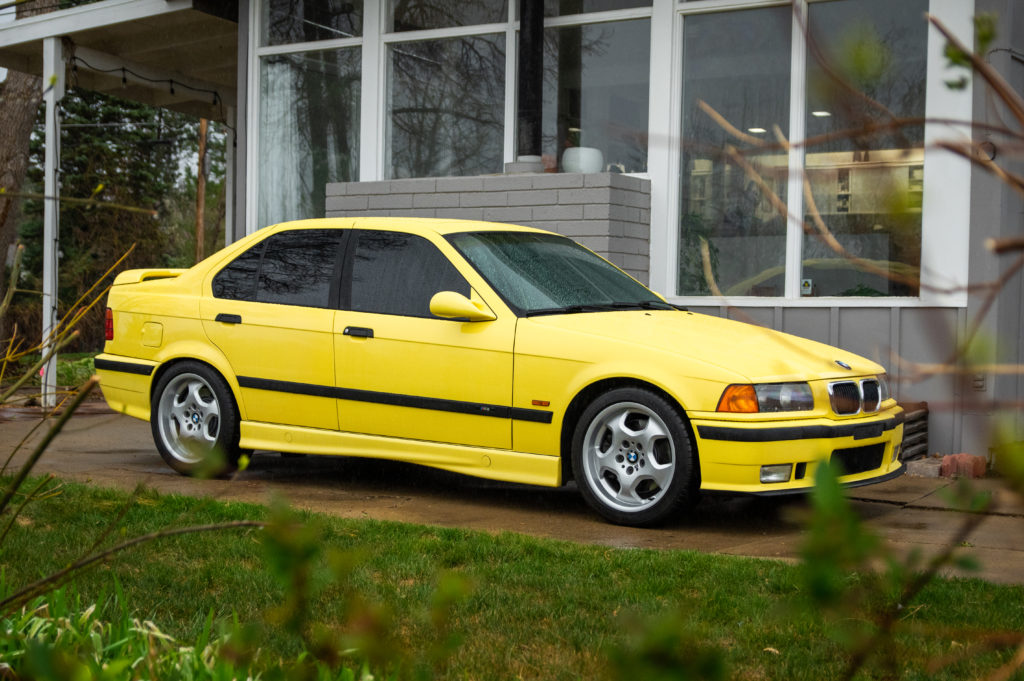
The M3 Sedan was available only for the 1997 and 1998 model years.
If not for a letter-writing campaign by the BMW Car Club of America, the U.S. market probably would not have received the second-generation M3. And while our M3s were less potent than the Euro-spec M3s, time has shown them to be more reliable and less temperamental. In fact, the U.S.-market E36 M3 was in the center of the Venn diagram of technological advancement, having just enough power and being just the right size, but with none of the weight, over-complication, or turbo-chargers of subsequent generations.
The result is simply one of the best driver’s cars ever—in Goldilocks terms, the E36 M3 was the porridge that was just right.
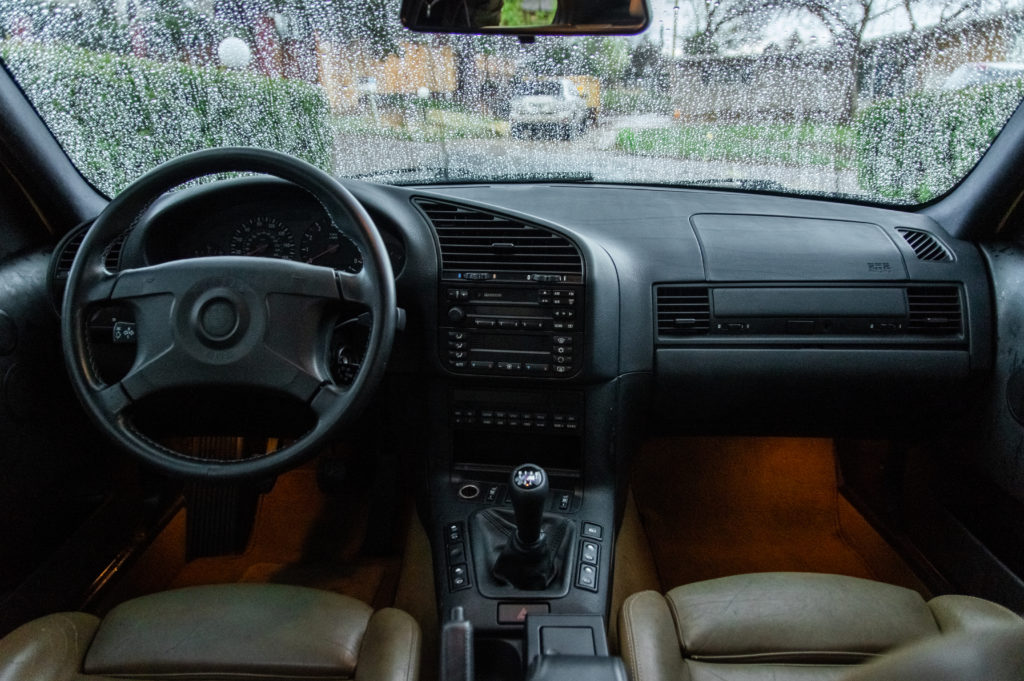
The driver-centric cockpit of the E36 highlights its mission as a driver’s car.
But the E36 M3 did have a few problems. The soft leathers used on the interior did not age well, not to mention sagging gloveboxes, headliners, and broken plastic fiddly bits.
And then came the aughts. By the mid to late 2000s, the E36 M3 had suffered massive depreciation, putting them into the realm of entry-level buyers, drift-crowd hooligans, and the fast-and-furious nation (basically me ten years earlier, God bless them all). You know what I’m talking about if you were in any of the E36 forum groups during this timeframe; if not, take a scroll through the archives while playing “Another One Bites the Dust” in the background.
Of course, this decline occurs with all M cars, but the E36 seemed to suffer more dramatically than the others. However, the tide turned again in the last decade, with surviving E36 M3s steadily being recognized as the fantastic vehicles that they are.
Aside from the Lightweight cars, E36 M3 values haven’t gone as stratospheric as those of the E30 M3, but the price for a good E36 M3 has escalated beyond what any of us would have imagined just a few years ago. Rare colors and options find themselves at the top of the market; the majority of these cars came in Arctic Silver, Alpine White, or Cosmos Black—not necessarily a bad thing, but too common to stir collector interest.
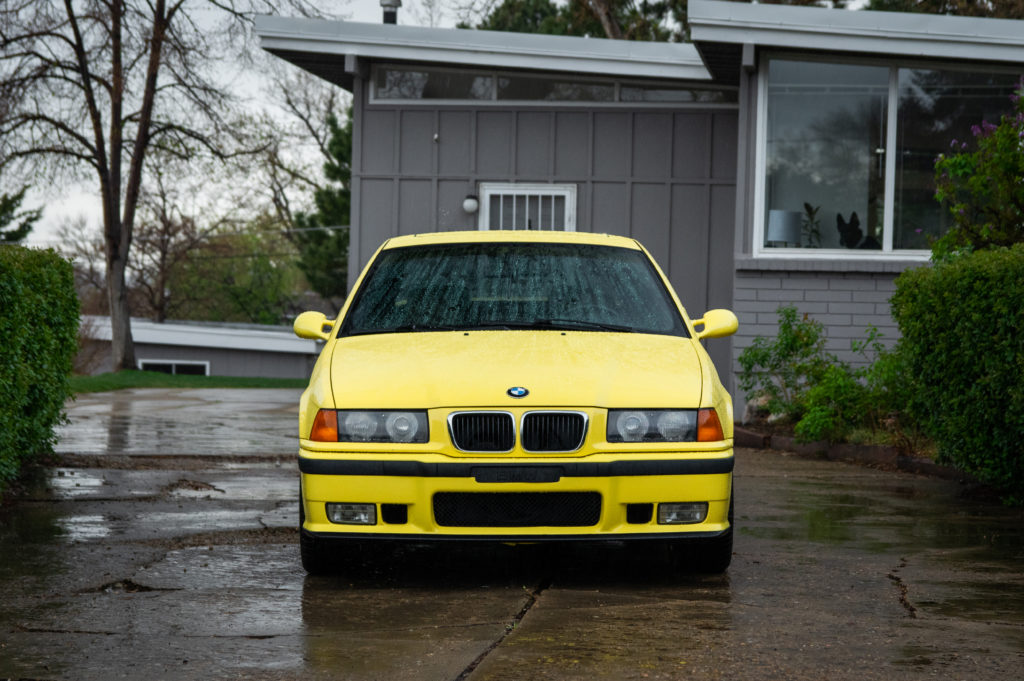
The unicorn Dakar Yellow M3 sedan makes it to Colorado.
But this car is anything but common: It’s a manual-transmission 1998 M3 sedan (or M3/4/5 for M3, four-door, five-speed manual) finished in Dakar Yellow II over Magma leather with only 80,000 miles on the clock. As a 1998 car, it had the factory rear headrests and front side airbags, and was optioned with manual heated sport seats, the eighteen-button onboard computer, a sedan rear spoiler, and lightweight forged M double-spoke wheels—the most exclusive factory wheel option for a late-model E36 M3. In this case, they came with the car in addition to the M Contour wheels it was wearing.
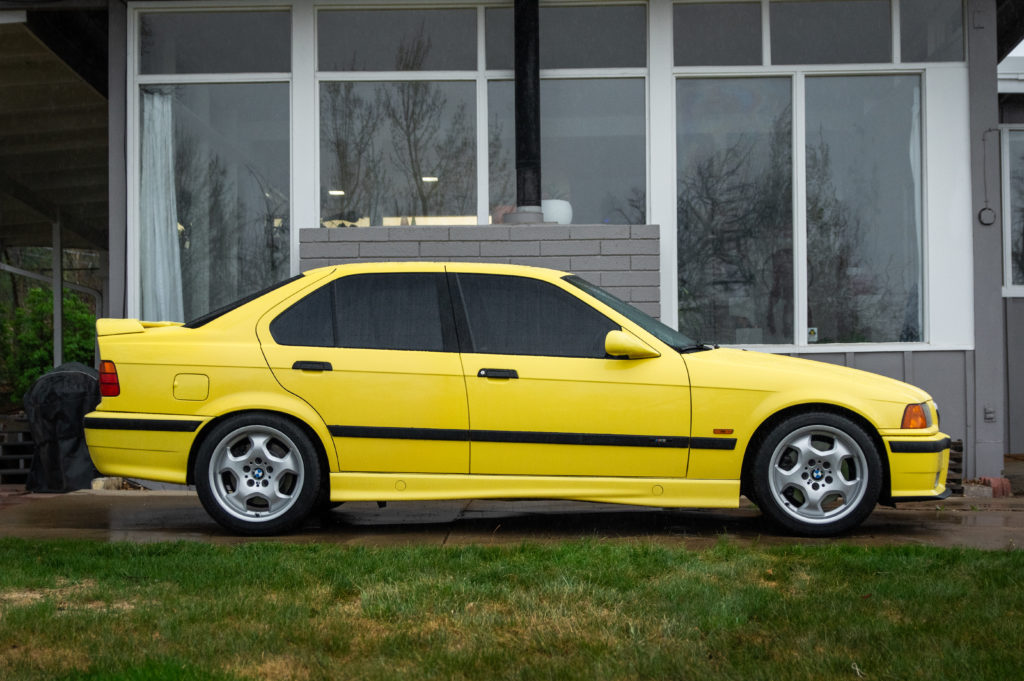
This 1998 M3/4/5 is only one of two finished in Dakar Yellow II over Magma leather.
I first heard about the Dakar M3/4/5 last summer, but it remained mostly rumor and legend until it showed up this spring at my hangar. Seeing it in the flesh, I was staggered at how fantastic Dakar Yellow looks when not UV-faded, which is typical of Colorado cars. I wondered how well the dark tan Magma leather interior would pair with Dakar, but they complement each other perfectly, and ooze of 1990s Radness.
According to carsaddition.com, only 609 Dakar Yellow II M3s (1996–1999 model years) came to North America in all body styles. Of those, just 93 were sedans, and of those, two were Dakar Yellow over a Magma.
A one-of-two sub-100,000-mile properly owned M3 is a vast outlier.
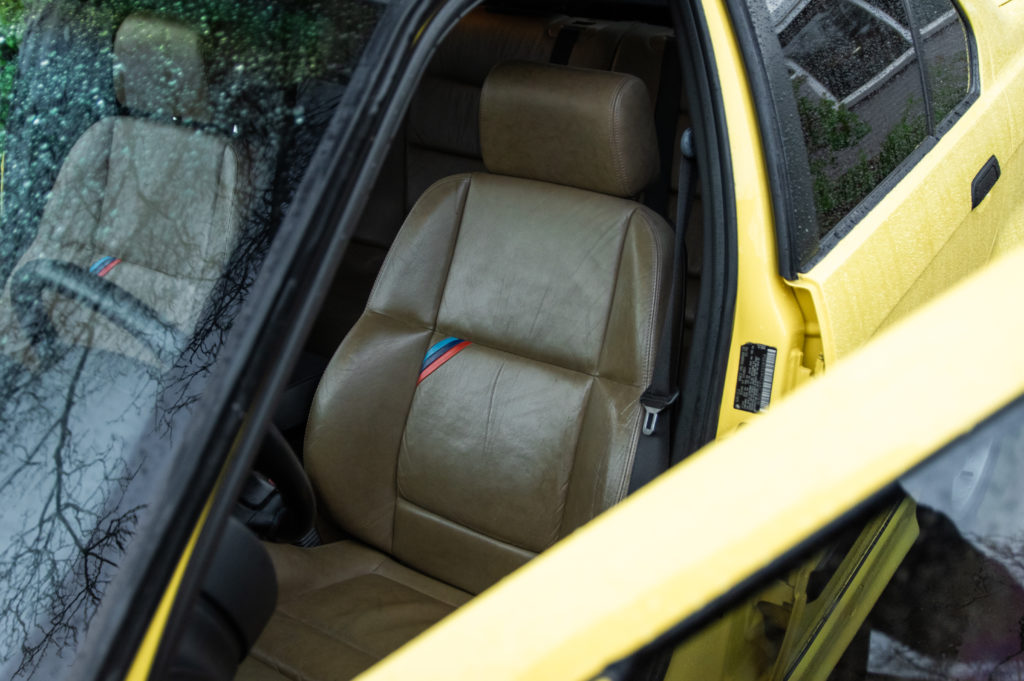
I had doubts, but in person, Magma leather goes perfectly with Dakar Yellow.

As tempted as I was to keep it, that wouldn’t keep the lights on at the hangar, so I made a phone call and found a perfect next steward for it.
Before it left, we did a round of typical E36 maintenance to bring it up to snuff: The cooling system had already been gone through, but it needed power-steering lines, control-arm bushings, rear shocks and mounts, brakes all around, and rear tires—and the airbag light was on. That turned out to be the passenger seat-belt receptacle. (It seems like every E36 likes to mark its mechanical territory with a faulty SRS component.)

1950s Mid-Century-Modern architecture meets 1990s Radness.
The new buyer is a man of eclectic tastes, and no stranger to BMW M cars. The Dakar M3/4/5 is a perfect addition to his current project: a Mid-Century-Modern (1950s-era) home on a hill overlooking downtown Denver and the Rocky Mountains. Originally built as part of a designer’s row of Mid-Century-Modern houses, his home features angular swooping rooflines over glass-paned walls of windows and brick.
On a cold and rainy Colorado day (one as rare as the subjects themselves), the contrast between the Dakar Yellow M3/4/5 and the gray walls was stark. As the rain fell, water droplets meandered along the cut lines of the M3—one of the first BMWs designed through computer-automated design. Look closely and you can almost hear the rain drops painting the Dakar in a liquid gloss.

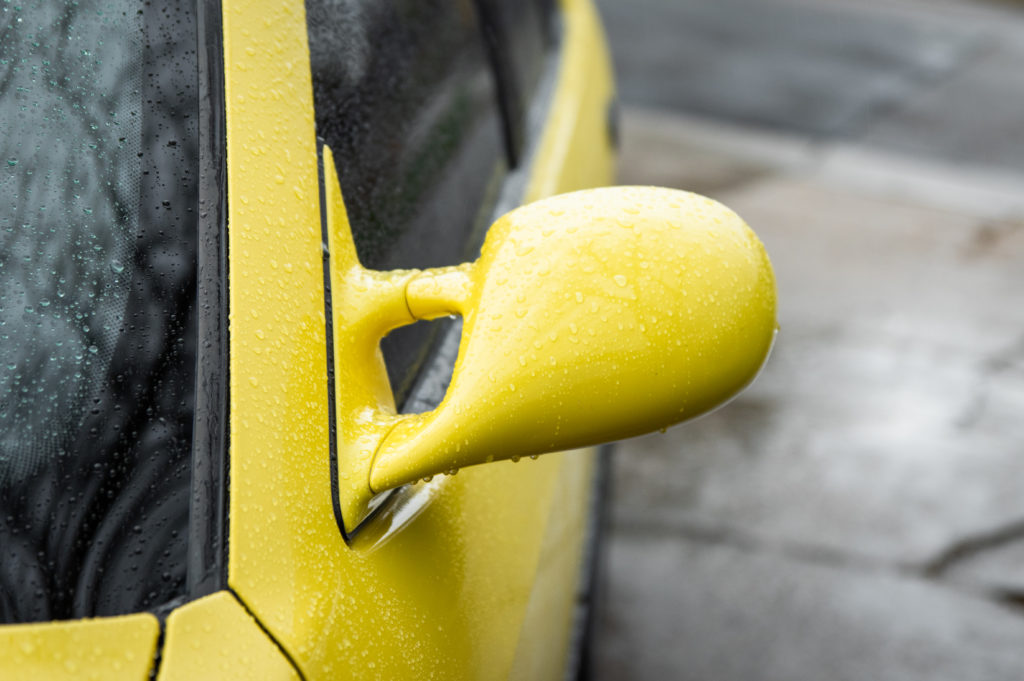
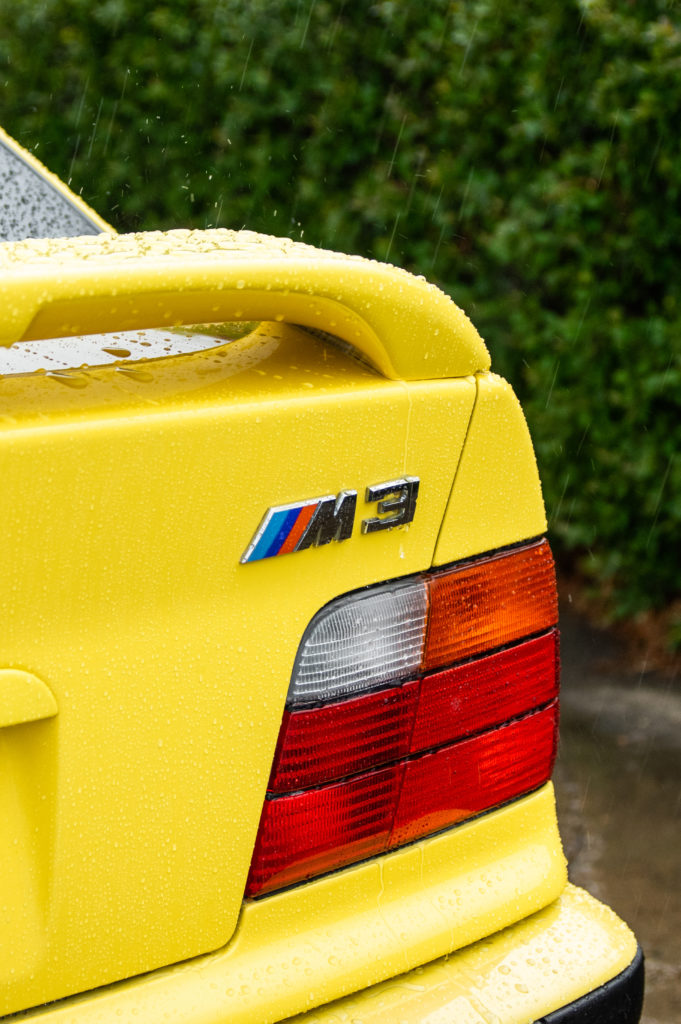
I’ve had several M3/4/5s as personal cars over the years, and I was sad to let this one go after an all-too-brief stay at the hangar, but it found a perfect home with the new owner, who I have no doubt will continue its ownership pedigree. As the automotive future succumbs to electrification and automation, we are lucky to live in a time when we can appreciate these cars for what they are—some of the best driver’s cars ever made.—Alex McCulloch
Photos: Peter Thompson

